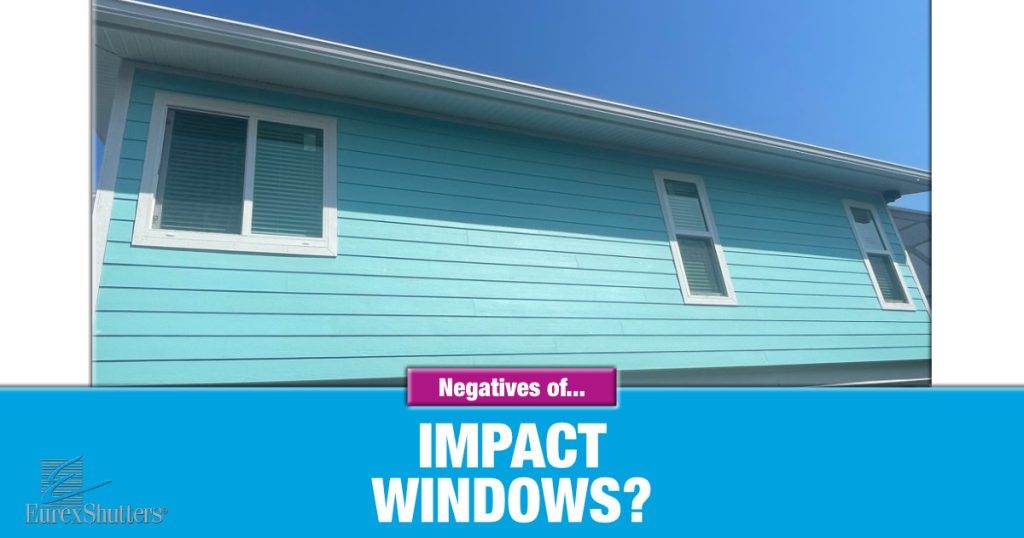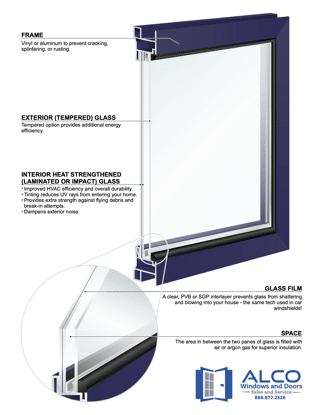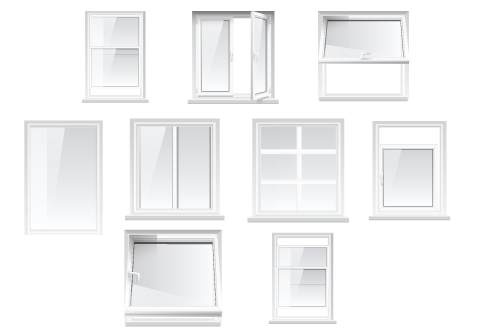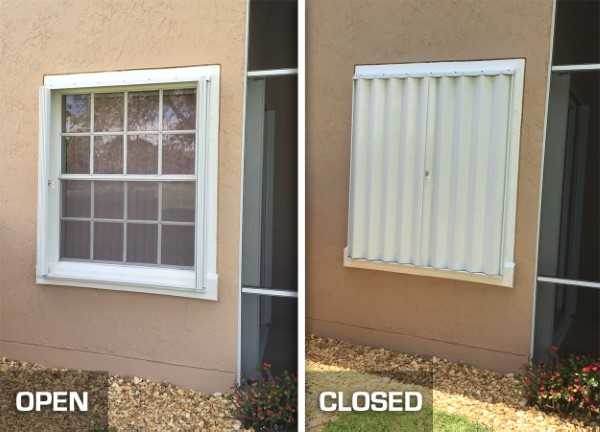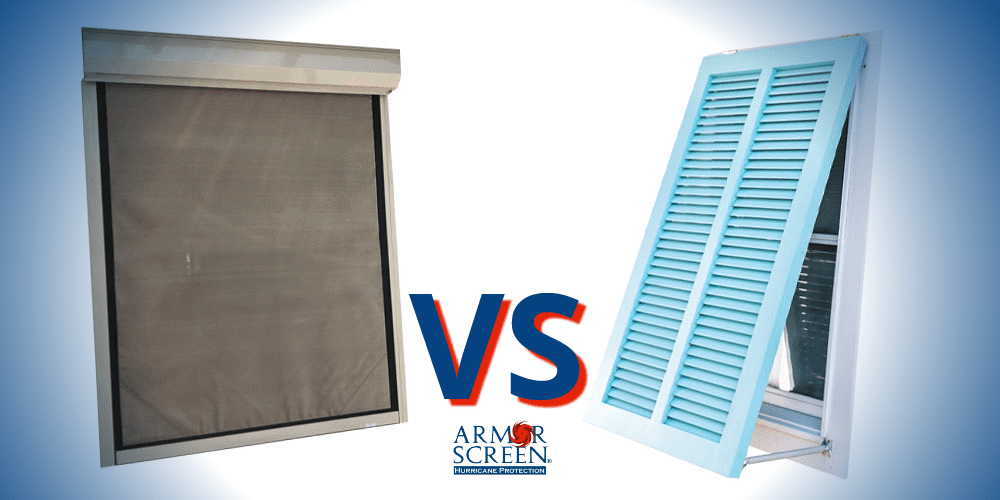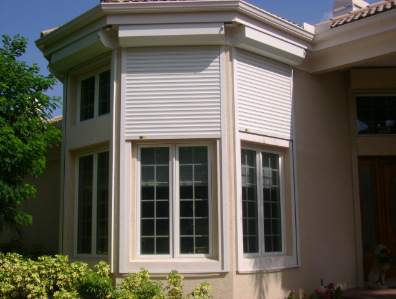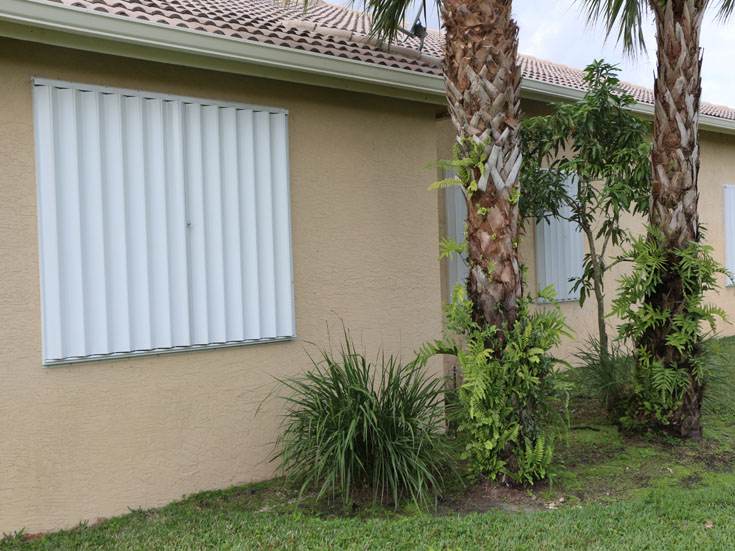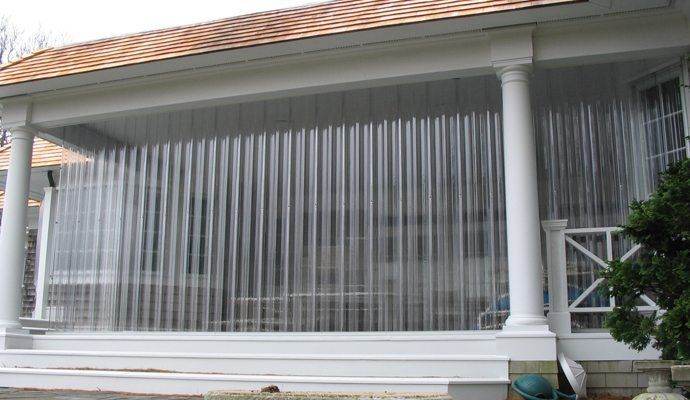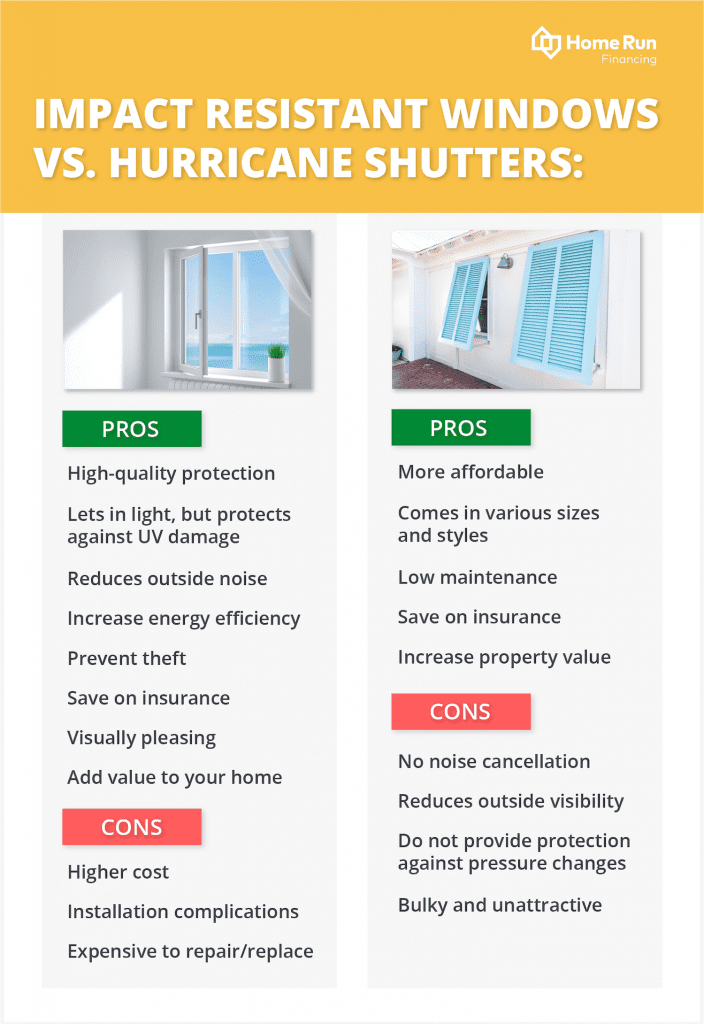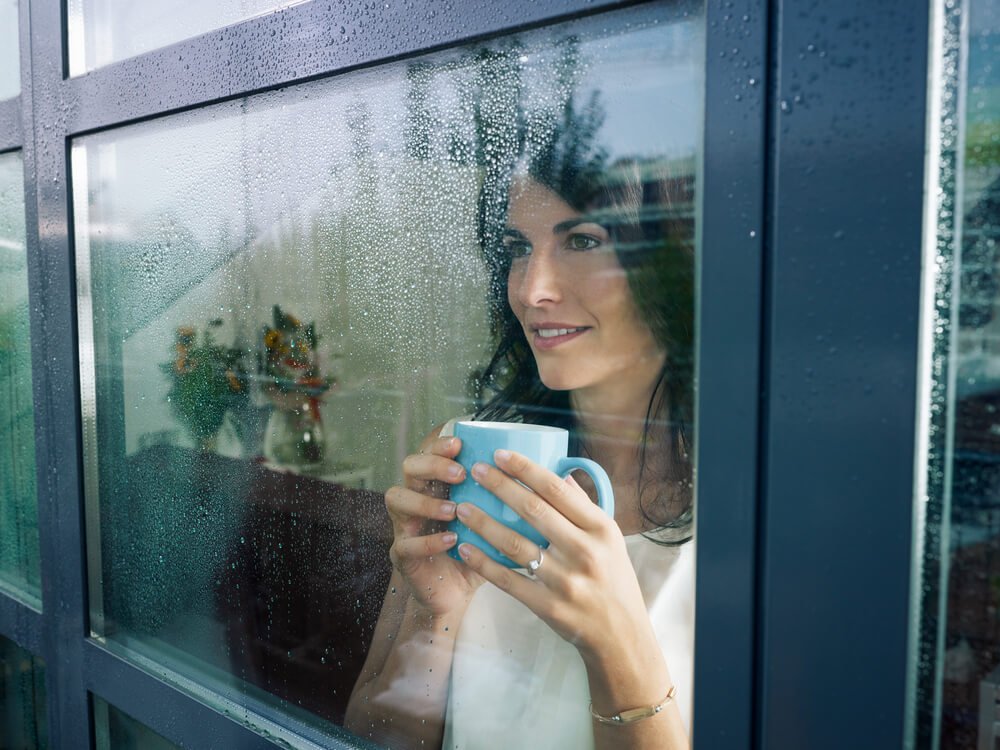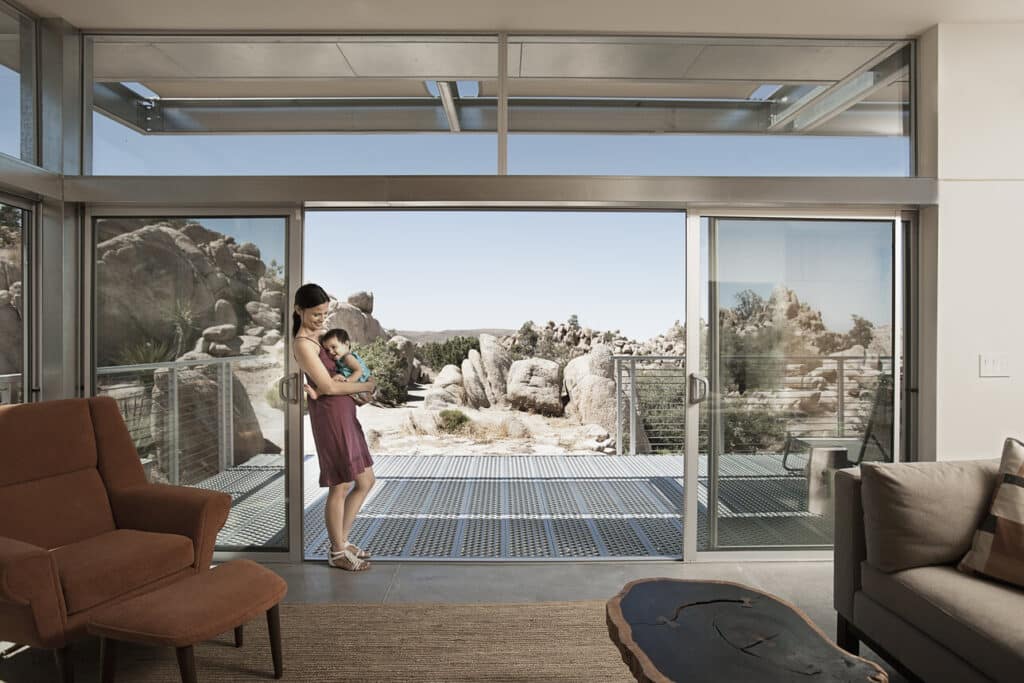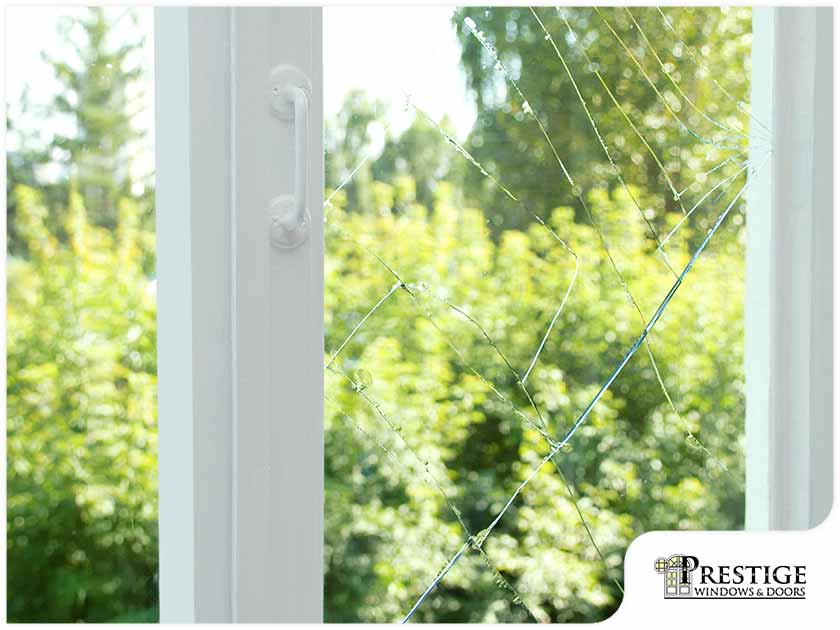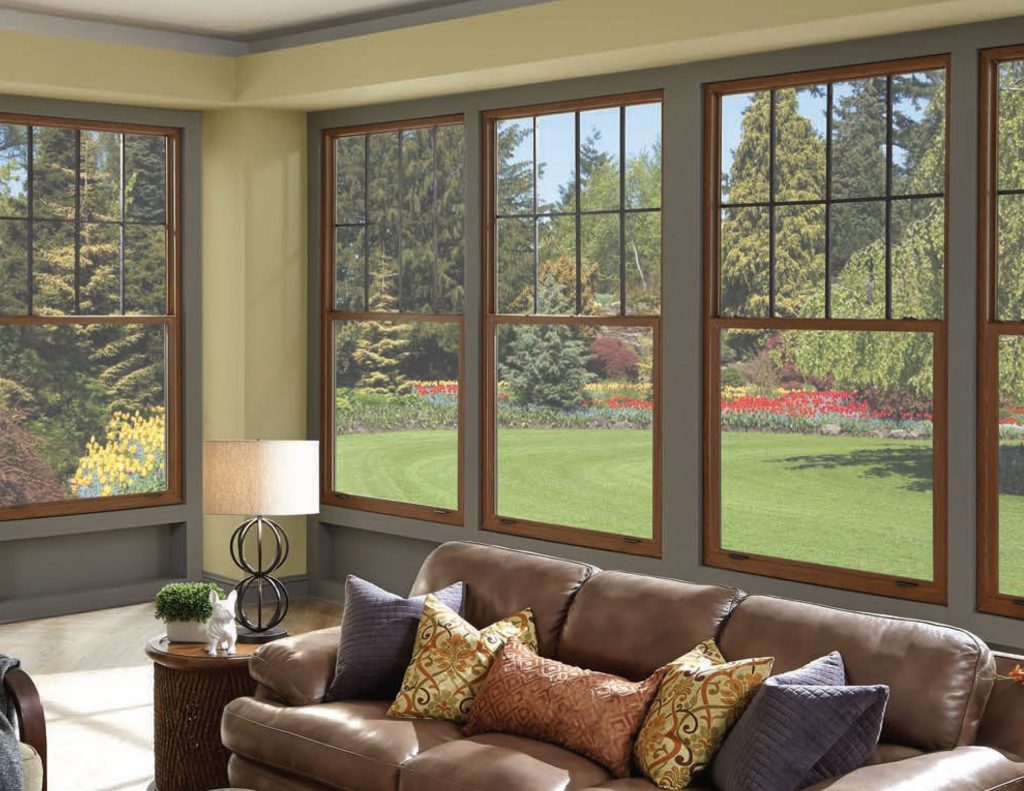Aluminum windows, while popular for their sleek and modern appearance, do have some disadvantages that homeowners should consider. These windows are known for their strength, durability, and ability to resist corrosion, making them a popular choice for many. However, one major disadvantage is their poor insulation properties, which can lead to heat loss and higher energy bills. Additionally, aluminum windows can be prone to condensation, especially in colder climates. Despite these drawbacks, there are still benefits to choosing aluminum windows, such as their low maintenance requirements and resistance to pests and rot. Ultimately, it’s important for homeowners to weigh the pros and cons before deciding if aluminum windows are the right fit for them.
1. Limited Insulation
When it comes to insulation, aluminum windows have some drawbacks compared to other materials like wood or vinyl. This limited insulation can lead to issues such as conductivity and condensation.
1.1 Conductivity
Aluminum is a highly conductive material, meaning it easily transfers heat and cold. This can result in unwanted heat loss during the winter and heat gain during the summer. As a result, the energy efficiency of aluminum windows may be compromised, leading to higher heating and cooling costs.
1.2 Condensation
Another downside of aluminum windows is their tendency to experience condensation. When the warm indoor air comes into contact with the cold aluminum frame, condensation forms on the surface. This can lead to moisture-related problems such as water damage, mold, and mildew growth.
2. Condensation Issues
Excessive moisture caused by condensation is a significant concern with aluminum windows. Let’s explore some of the specific issues that can arise.
2.1 Excessive Moisture
Condensation can lead to an accumulation of excessive moisture on and around the windows. This moisture can seep into the surrounding walls, causing damage over time. Additionally, the presence of excessive moisture in the home can create an uncomfortable and potentially unhealthy living environment.
2.2 Mold and Mildew Growth
The moisture resulting from condensation provides an ideal environment for mold and mildew to thrive. These unwanted growths not only appear visually unappealing but can also contribute to poor indoor air quality and potential health issues. Regular cleaning and maintenance are required to prevent mold and mildew from becoming a problem.

This image is property of glowindows.com.
3. Corrosion and Oxidation
Aluminum may be susceptible to corrosion and oxidation, which can negatively impact the durability and appearance of windows.
3.1 Rust
When exposed to moisture, aluminum windows can develop rust, especially in humid or coastal areas where saltwater is present. Rust compromises the structural integrity of the windows and diminishes their aesthetic appeal. Regular maintenance, such as applying protective coatings, is necessary to prevent rust formation.
3.2 Oxidation
Oxidation is another concern related to aluminum windows. Over time, the aluminum frame can oxidize, resulting in a chalky, dull appearance. This can detract from the overall aesthetic of the windows and require more frequent cleaning and restoration efforts.
4. Structural Weakness
While aluminum windows are known for their strength, there are certain limitations to consider that may affect their structural integrity.
4.1 Size Restrictions
Aluminum windows may have size limitations due to the material’s weight and structural properties. Larger openings or expansive window designs may require additional support or framing options to ensure stability. This can limit the design possibilities and increase the complexity of installation.
4.2 Durability
Although aluminum windows are generally durable, they may not be as resistant to impact or physical stress as other materials like vinyl or fiberglass. In high-wind or severe weather conditions, the structural integrity of aluminum windows may be compromised more easily, leading to potential damage and the need for repairs.

This image is property of www.windowresource.com.
5. Noisy Operation
Aluminum windows have the potential to contribute to a noisy indoor environment due to their characteristics.
5.1 Sound Transmission
Aluminum is not an excellent insulator against sound transmission. As a result, noise from outside sources, such as traffic or nearby construction, can penetrate more easily through aluminum windows. This can be especially problematic for those living in noisy urban areas or near busy roads.
5.2 Rattling and Vibrations
Additionally, aluminum windows may be more prone to rattling and vibrations when exposed to strong winds or other external factors. This can create an annoyance and discomfort for homeowners, as well as potentially indicating issues with the window’s fit and seal.
6. Difficulty in Repair
When it comes to repairing aluminum windows, there are a few challenges that may arise.
6.1 Limited Repair Options
Aluminum windows typically have limited repair options compared to other materials. In some cases, it may be more cost-effective to replace a damaged aluminum window entirely rather than attempting to fix it. This can potentially result in higher maintenance costs and inconvenience for homeowners.
6.2 Higher Maintenance Costs
Maintenance costs associated with aluminum windows can be higher than other window materials. Regular cleaning, sealing, and refinishing may be required to prevent issues such as rust or oxidation. These maintenance tasks can add up over time, impacting the overall cost of owning aluminum windows.

This image is property of www.windowresource.com.
7. Expensive Compared to Other Materials
Aluminum windows have a higher price point compared to alternatives like vinyl or wood. This increased cost can be attributed to various factors.
7.1 Material Cost
The cost of aluminum as a raw material is generally higher than materials like vinyl or wood. This directly affects the price of aluminum windows, making them more expensive to manufacture and purchase.
7.2 Installation Cost
In addition to the material cost, the installation of aluminum windows can also be more expensive. Aluminum windows may require additional support or reinforcement, and the overall installation process may be more complex compared to other materials. These factors can contribute to higher installation expenses.
8. Limited Design Options
When it comes to design options, aluminum windows may have some limitations compared to alternative materials.
8.1 Color Variations
Aluminum windows typically offer a limited range of color options compared to materials like vinyl or fiberglass. While aluminum windows can be painted, the color choices may be more restricted, potentially limiting homeowners’ ability to match their desired aesthetic.
8.2 Customization
Customization options for aluminum windows may also be more limited. Alternative materials like wood or vinyl may offer more flexibility in terms of specific window designs, shapes, or architectural styles. Homeowners seeking unique or custom window options may find their choices more restricted with aluminum.

This image is property of architects4design.com.
9. Environmental Impact
The production and disposal of aluminum windows have certain environmental implications that need to be considered.
9.1 Extraction Process
The extraction and mining process for aluminum can have a significant environmental impact. It requires a substantial amount of energy, water, and resources, potentially contributing to deforestation, habitat destruction, and increased carbon emissions.
9.2 Disposal and Recycling
While aluminum is a recyclable material, the disposal and recycling process for aluminum windows can still have its challenges. The recycling infrastructure for windows may not be as readily available or efficient compared to other aluminum products. Improper disposal practices can lead to unnecessary waste and environmental pollution.
10. Poor Energy Efficiency
Aluminum windows are known for their limited energy efficiency due to their characteristics as a material.
10.1 Heat Transfer
As previously mentioned, aluminum is a highly conductive material, resulting in significant heat transfer. This means that during the winter, heat can escape more easily through aluminum windows, leading to higher heating costs. Similarly, during the summer, heat can enter the home through the windows, necessitating increased air conditioning usage.
10.2 Energy Loss
The poor insulation properties of aluminum windows can also contribute to overall energy loss in the home. The constant transfer of heat or cold through the windows can lead to increased energy consumption, resulting in higher utility bills and a less environmentally-friendly living space.
In conclusion, while aluminum windows offer certain advantages, such as strength and durability, they also come with several disadvantages. These include limited insulation, condensation issues, corrosion and oxidation, structural weaknesses, noisy operation, difficulty in repair, higher costs compared to other materials, limited design options, environmental impact, and poor energy efficiency. Homeowners should carefully consider these drawbacks when choosing window materials for their homes.

This image is property of i.ytimg.com.

